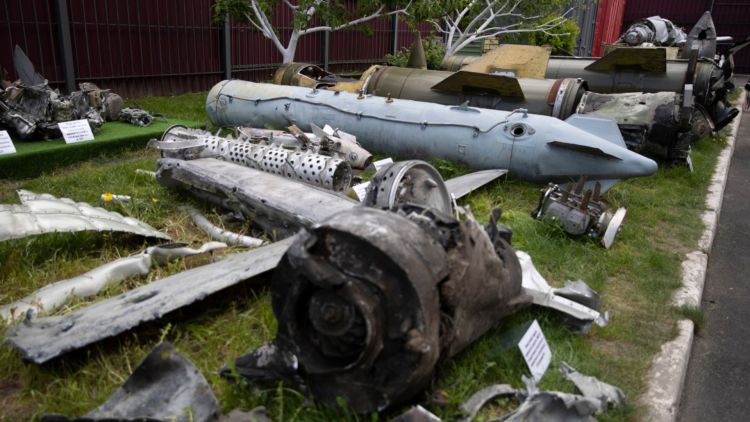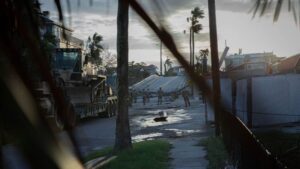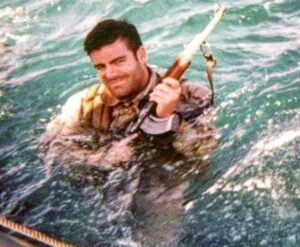Ukraine has deployed nearly 10,000 acoustic sensors nationwide to locate and track Russian drones. This network, known as “Sky Fortress,” provides crucial targeting information to soldiers on the ground, enabling them to shoot down enemy drones with impressive accuracy.
Birth of Sky Fortress
Sky Fortress was conceived by two Ukrainian engineers working out of a garage. Their initial setup was simple: a microphone and a cell phone mounted on a six-foot pole to detect one-way UAVs.
Vitali Klitschko and Kinzhal missiles and drones shot above Kyiv. (Kyiv City State Administration / Wikimedia Commons)
This straightforward idea has since evolved into a sophisticated network. According to Gen. James Hecker, commander of U.S. Air Forces in Europe and Africa, about 9,500 of these sensors have been deployed throughout Ukraine.
The sensors collect data, which is then processed by a central computer and relayed to mobile fire teams. Soldiers receive real-time flight paths of incoming drones on iPads. Equipped with anti-aircraft guns, these teams can shoot down drones with just six hours of training. Hecker shared these insights during a briefing at the Royal International Air Tattoo.
Proven Effectiveness
The system has already proven its worth. About three months ago, Russia launched 84 UAVs into Ukraine. Thanks to Sky Fortress, Ukrainian forces managed to shoot down all but four of them. This high success rate demonstrates the system’s efficiency and reliability in real-world conditions.
The engineers behind Sky Fortress were invited to demonstrate their system at Ramstein Air Base in Germany. Other countries have also taken note. Romania recently conducted a demo with the system, indicating a growing interest in acoustic sensor technology for air defense.
Cost-Effective Defense
Each sensor in the Sky Fortress network costs between $400 and $500. In comparison, the entire network costs less than a pair of Patriot air-defense missiles. This affordability makes it an attractive option for countries looking to bolster their defenses without breaking the bank.
One of the drones with explosives was sent by Russian troops to the Nikopol district of the Dnipropetrovsk region of Ukraine and downed by the Ukrainian military. (National Police of Ukraine / Wikimedia Commons)
Gen. Hecker emphasized the need for the U.S. and its allies to find cost-effective solutions for their own defenses. In April, the U.S. used missiles worth millions of dollars to destroy $30,000 drones launched at Israel from Iran and its proxies. This kind of spending is unsustainable.
Hecker challenged the defense industry and NATO air chiefs to develop cheaper, more innovative solutions. He stressed the importance of putting adversaries like Russia on the wrong side of the cost curve, especially in the event of an Article Five situation.
Moving Forward
Sky Fortress stands as a testament to the power of innovation and ingenuity in modern warfare. Ukraine’s use of affordable acoustic sensors to counter high-tech threats is a model that NATO and other allies should consider. By focusing on cost-effective and creative solutions, they can enhance their defenses while managing their budgets more effectively.
The success of Sky Fortress is a reminder that sometimes, the simplest ideas can have the most significant impact.
As conflicts evolve and adversaries become more sophisticated, the ability to adapt and innovate will be crucial. Ukraine’s acoustic sensor network is a step in the right direction, showing that effective defense doesn’t always require the most expensive equipment — just the right technology and a bit of creativity.
__
Disclaimer: SOFREP utilizes AI for image generation and article research. Occasionally, it’s like handing a chimpanzee the keys to your liquor cabinet. It’s not always perfect and if a mistake is made, we own up to it full stop. In a world where information comes at us in tidal waves, it is an important tool that helps us sift through the brass for live rounds.



